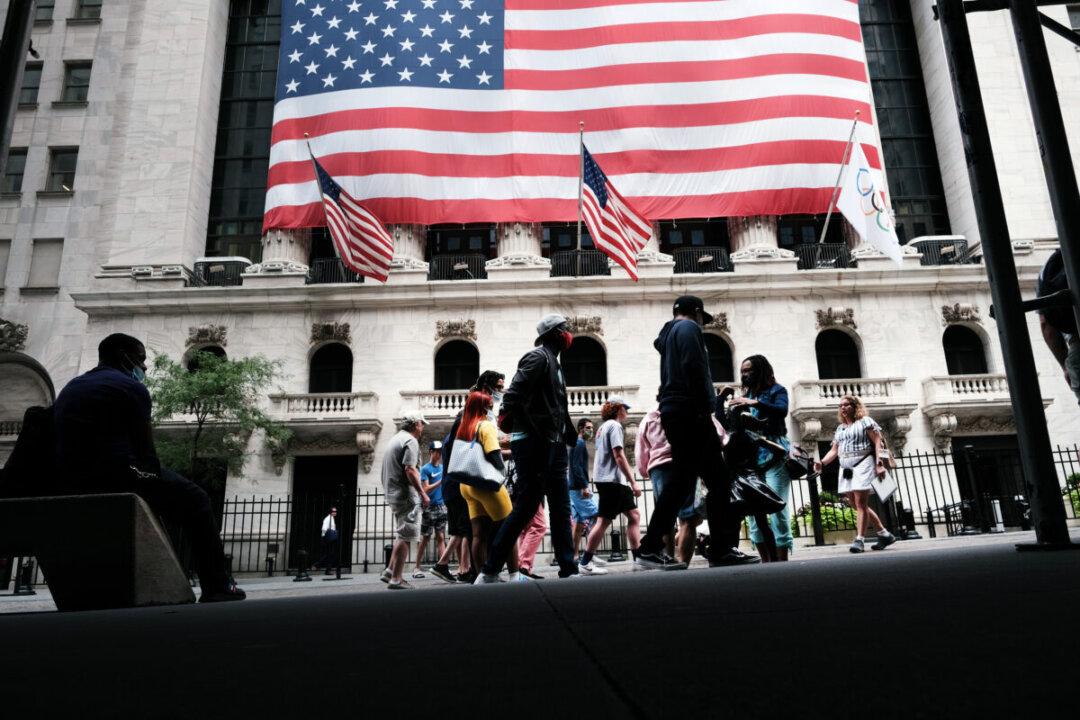Business activity in New York State expanded at a significantly slower pace in August than in the prior month, even as input prices rose sharply and the pace of selling price increases set a record high, painting a picture of softening business conditions combined with high inflationary pressures.
The New York Federal Reserve’s monthly Empire State Manufacturing Survey, released Aug. 16, showed that the headline general business conditions index fell 25 points to 18.3, indicating that growth was significantly slower than last month’s record-setting pace.




